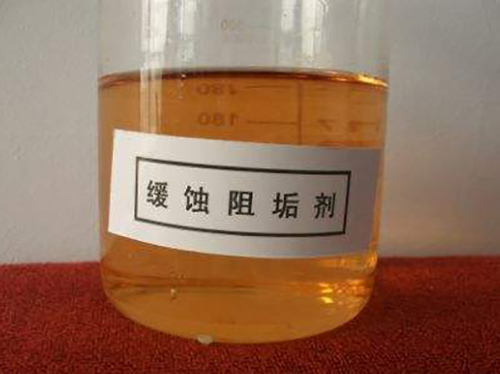Exploring the Applications and Safety of OIT Isothiazolinone in Industrial and Consumer Products
The Importance and Application of OIT (Octylisothiazolinone) in Modern Industries
Octylisothiazolinone (OIT) is a synthetic biocide widely used in various industries due to its effective antimicrobial properties. With the increasing demand for effective preservation methods in many products, OIT has gained prominence, particularly in the fields of coatings, personal care, and household products. This article explores the significance, applications, and considerations surrounding OIT.
Understanding OIT
OIT belongs to a class of compounds known as isothiazolinones, which are characterized by their heterocyclic ring containing sulfur and nitrogen. These compounds exhibit excellent fungicidal and bactericidal properties, making them valuable in preventing microbial contamination and spoilage. OIT is known for its broad-spectrum efficacy against various bacteria, fungi, and algae, which is crucial in applications where product integrity is paramount.
Applications of OIT
1. Coatings and Paints OIT is widely employed in water-based paints and coatings. Its incorporation helps prevent the growth of mold and mildew on surfaces, thus extending the lifespan of the product and ensuring aesthetic integrity. This application is particularly relevant in humid environments where microbial growth can be accelerated.
2. Personal Care Products In cosmetics and personal care formulations, OIT serves as a preservative to inhibit the growth of bacteria and fungi. It is commonly found in lotions, creams, and shampoos, where it helps maintain product stability and safety for consumers. However, the use of OIT in personal care products has raised regulatory scrutiny due to potential sensitization issues, leading to the need for careful formulation and labeling.
oit isothiazolinone

3. Household Products OIT is an ingredient in various household cleaning agents, where it acts as a antimicrobial agent, ensuring that products remain effective over time. By preventing microbial growth, OIT helps maintain the performance of these products, providing consumers with reliable solutions for hygiene and cleanliness.
Safety and Regulatory Considerations
Despite its effectiveness, the use of OIT is not without concerns. Studies have indicated that OIT can cause skin sensitization and allergic reactions in some individuals, leading to increased regulatory scrutiny. In recent years, the European Union and other regions have started to implement stricter regulations governing the use of OIT, particularly in cosmetic and personal care products. Manufacturers must stay informed about these regulations and ensure their products are compliant to avoid market withdrawal and protect consumer safety.
To mitigate potential risks, manufacturers are encouraged to explore alternative preservatives or use OIT in formulations with appropriate concentrations. Conducting thorough safety assessments and providing clear labeling can also help address consumer concerns and ensure informed choices.
Conclusion
Octylisothiazolinone is a vital preservative that plays an essential role in various industries, protecting products from microbial contamination and extending their shelf life. While its applications are vast and beneficial, the concerns surrounding its safety necessitate a cautious approach to its use. As industries continue to innovate and seek safer alternatives, the importance of understanding and managing OIT will remain critical. Balancing effectiveness with safety will ensure that consumers enjoy reliable products without compromising their health. The ongoing dialogue between regulators, manufacturers, and consumers will shape the future of OIT and its applications, ensuring a responsible and sustainable approach in the industries that rely on its properties.
-
Water Treatment with Flocculant Water TreatmentNewsJun.12,2025
-
Polymaleic AnhydrideNewsJun.12,2025
-
Polyaspartic AcidNewsJun.12,2025
-
Enhance Industrial Processes with IsothiazolinonesNewsJun.12,2025
-
Enhance Industrial Processes with PBTCA SolutionsNewsJun.12,2025
-
Dodecyldimethylbenzylammonium Chloride SolutionsNewsJun.12,2025





